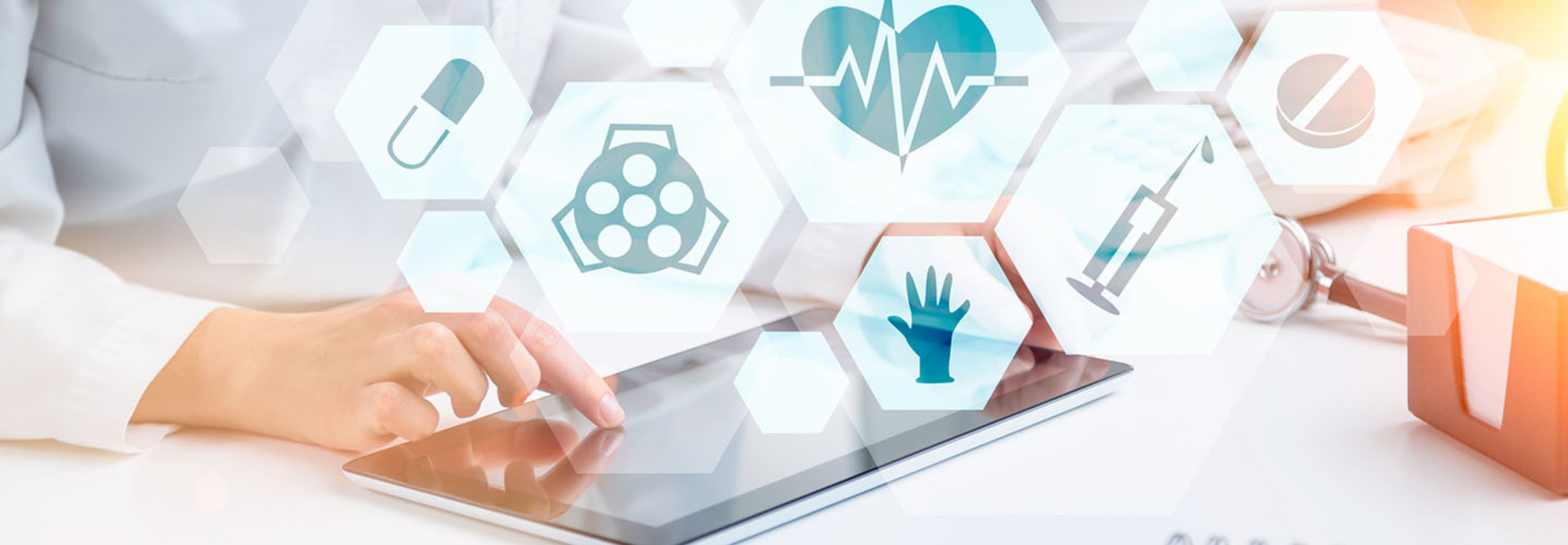For Better Patient Care, Make IoT a Priority
As patient care evolves to become less fragmented and more holistic, the role of technology and the Internet of Healthcare Things (IoHT) in helping providers continues to increase.
Consider, for instance, a recent report published by Aruba Networks, which notes that 6 in 10 healthcare organizations use IoT. Two of the three IoT technologies most commonly used by providers are patient monitors and imaging devices.
Meanwhile, 91 percent of providers use wearable devices as part of their wellness and prevention efforts, according to another report by Accenture. Interestingly, 42 percent provide such tools to patients outright, while 28 percent provide them at a subsidized cost.
The latter stresses that, despite looming security issues, organizations must not hesitate to adopt IoT technologies. Providers would be wise to heed that advice for several reasons.
Connected Tools Make More Informed Patients
At Martin Luther King Jr. Community Hospital in Los Angeles, connected tools including glucometers, vital signs equipment and monitors push information into the organization’s electronic health record. The technology helps to provide both clinicians and patients with more information to better make decisions. It’s a true win-win scenario.
Meanwhile, Philadelphia-based Jefferson Health is piloting the innovative use of speakers connected to the IBM IoT Platform that allow patients to control their surroundings and receive information about their physician using only their voice. An amazing yet practical concept, especially for patients who may have lost some of their physical abilities.
IoHT Fosters Better Access and Efficiency
IoHT also holds much potential to improve care by speeding access to data and wasting fewer resources. Patients, clinicians and staff can use a variety of devices to send and access information, meaning they need not worry about being tethered to any one location to complete a task.
Look at Ochsner Health System in New Orleans, where patients can upload remote blood pressure readings wirelessly to a smartphone app. Those readings also are recorded in their EHR, allowing pharmacists and health coaches to monitor the results in real time and reach out to patients as required.
The effort has produced tangible results: 73 percent of participants who started with high blood pressure got it under control within 90 days. Such results are a testament to the power of IoHT, yet only scratch the surface of where connected care is headed.
Increasingly, companies like VMware, IBM and Microsoft are investing more resources into IoHT efforts. As solutions become more common, provider organizations should work to develop strategies that take advantage of the evolving landscape, or risk falling behind.
This article is part of HealthTech’s MonITor blog series. Please join the discussion on Twitter by using #WellnessIT.










